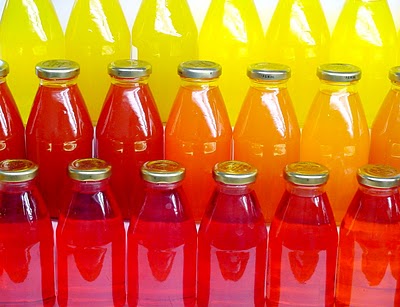By Guest blogger, Michael Lee Coates, M.D., Chair, Family and Community Medicine
Wake Forest Baptist Health – Brenner Children’s Hospital
If the available information about the dangers of food dyes does not seem very black and white, don’t worry, you’re not alone. It’s not clear for the experts either.
Last March, a Food and Drug Administration (FDA) panel comprised of physicians, academics, and consumer representatives were asked a question that has been the focus of controversy for more than three decades: Does artificial food coloring cause and/or aggravate ADHD? The panel’s answer would determine whether or not food manufacturers would be required to include information about food dyes on their packaging labels.
In a very close vote of 8-to-6, the panel determined there is not enough conclusive evidence that supports this action.
Artificial food coloring can be found in most of the processed foods we eat, from candy and potato chips to drinks and boxed meal mixes found on your grocery store shelves. It’s even in many of the toothpastes we use. There has been a lot of research about food dyes, much of which was evaluated by the FDA panel. While those panelists decided the research does not prove that food dyes cause ADHD, they did acknowledge that certain additives can aggravate behavioral problems in children who already have hyperactivity disorders. Furthermore, the panel recommended the agency reexamine the link between food dyes and hyperactivity disorders.
So what does this mean for the parent of a child with ADHD? And what does this mean for the rest of us?
If you are concerned about food dyes and hyperactivity in your child, there are steps you can take that will help you choose the best nutritional path for your child.
– Trust your instincts. No one knows your child better than you, so if you notice he becomes hyperactive after eating a certain food, try to eliminate that food from his diet. You may not see a change in behavior right away, or there may be another culprit that’s causing the behavior. Most foods that contain dyes also have sugar, making it hard to narrow down what your child is reacting to. A good resource that addresses using an elimination diet to determine the relationship between hyperactivity and foods can be found on the Feingold Association’s website.
– Talk to your doctor. Share with her your concerns about your child’s behavior problems. It might also help to keep a log of his activities, and not just what he ate. Sometimes the hyperactivity my stem from something else, such as a lack of sleep.
– Be realistic. Even if you shop solely at natural food stores, avoid restaurants and exhaustively read every food label, it’s difficult to avoid food dyes completely since they are in so many foods. There will be times when your child unknowingly ingests food dyes at a birthday party, after a soccer game, or even at grandma’s house.
The best advice most doctors will give is to maintain a healthy diet of whole foods, made up primarily of fruits, vegetables, lean proteins, and whole grains. And make sure your child is getting plenty of regular exercise, which has been shown to be a natural “cure” for hyperactivity. Regardless of the child, everyone who follows this advice will reap the benefits.
For more information or to make an appointment with one of our physicians, visit WakeHealth.edu or call 336-716-WAKE (9253).
















